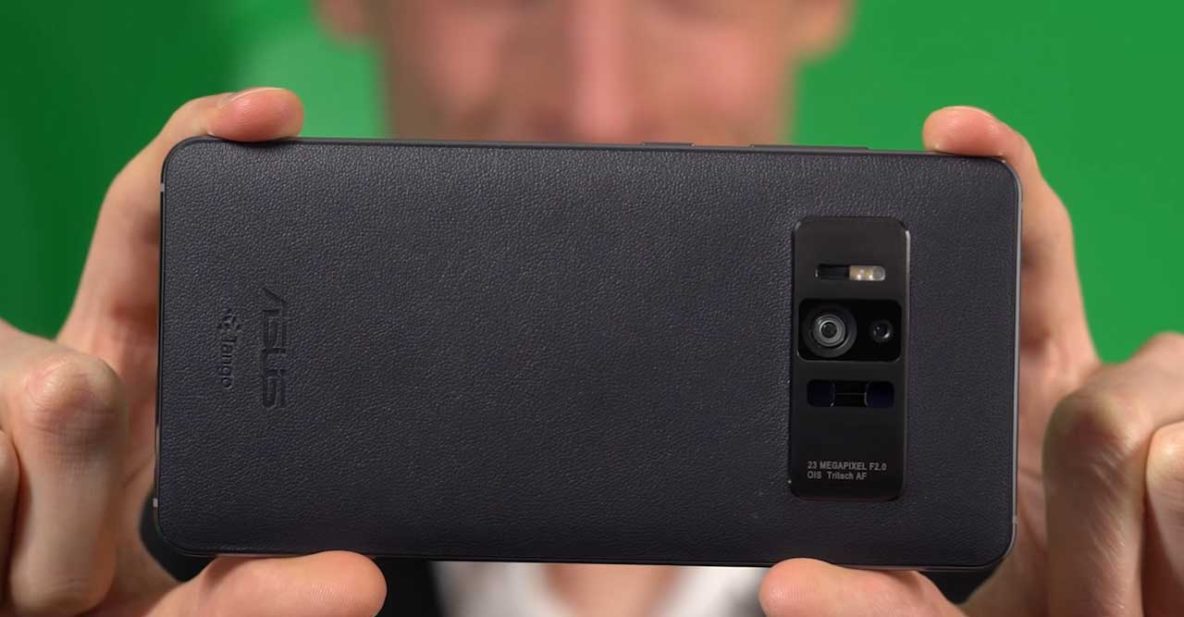We already wrote about the Zoom here, so now the focus shifts to the star of the show, which ushers in a couple of industry firsts and covers some new territories for the Taiwanese manufacturer. For starters, the ASUS ZenFone AR (click for the complete specs) is the first Tango- and Daydream VR-enabled phone. (Maybe ASUS should have named it ZenFone AR + VR instead?) And if you don’t know what we’re talking about, then perhaps it’s time to brush up on some geek-speak.
The ASUS ZenFone AR is the first Tango- and Daydream VR-enabled phone.
Tango is Google’s augmented-reality system for smartphones, and it enables new experiences in apps and games by bringing virtual objects to real-world settings. Think Pokemon Go, but for everything else. The ZenFone AR is only the second consumer device to be injected with Tango after the Lenovo Phab 2 Pro, which retails for P24,999 in the Philippines. Support for the technology remains sparse at this point, with about 30 apps in Tango’s portfolio.
Meanwhile, Daydream VR, also a Google IP, is a VR platform built directly into Android. Before you brush it off as yet another gimmick to sell yet another VR headset (in this case, Google’s Daydream View), we should tell you that it’s promising with a capital P. NextVR, a DayDream VR-supported streaming service, is already broadcasting live NBA games in VR (IN VEE-ARR!) to U.S. residents who own an NBA League Pass subscription.
ASUS’ ‘Meet the ZenFone AR’ video
Now that we got those basics out of the way, let’s make that mandatory dive into the ZenFone AR’s hardware. Heck, the back alone is home to some impressive Tango-related tech, including three cameras that act as one while in AR mode. There’s a depth-sensing camera assisted by a laser array that detects the distance between objects; a motion-tracking camera for knowing where the phone is in real time as it is being operated; and a 23-megapixel camera that sets the backdrop for virtual elements added to the physical world. The latter is likewise responsible for capturing still images and up to 4K video.
The other specs aren’t all that amazing — Android 7.0 Nougat and a version of Qualcomm’s Snapdragon 821 optimized for Tango run the show on a 5.7-inch quad-HD AMOLED display — with the exception of one detail: The AR will ship with an eye-popping (and battery-draining) 8GB of RAM. Millions of laptops and mobile devices must be weeping in secret now. To prevent its internals from frying — because AR and VR apps can cause a lot of heat when running — the phone has been fitted with a special cooling system. A 3,300mAh battery powers the assembly.
The ASUS ZenFone AR will ship with an eye-popping (and battery-draining) 8GB of RAM. Millions of laptops and mobile devices must be weeping in secret now.
ASUS has chosen not to reveal pricing and release details of its most ambitious ZenFone to date, but it is scheduled to land in the second quarter of 2017. By that time, it could be competing with more powerful handsets with gobs of RAM, so whether people choose it over another superphone would likely depend on how convincing AR and VR experiences have become on Android.
Related video: Full Zennovation press conference (ASUS ZenFone 3 Zoom and ASUS ZenFone AR launch)
Share this Post


